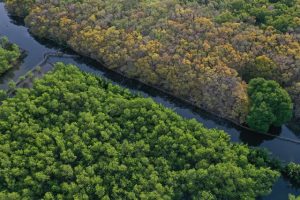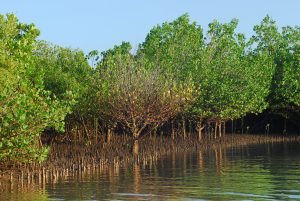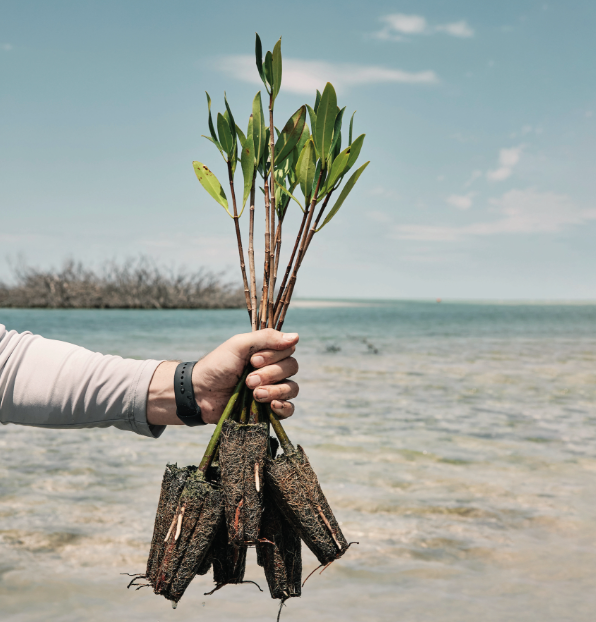UAE-Philippines Joint Mangrove Planting Initiative
To commemorate 50 years of UAE-Philippines bilateral relations and align with the Year of Community, the Environment Agency – Abu Dhabi (EAD) and the Philippine Embassy collaborated to plant 50 mangrove seedlings at Jubail Mangrove Park. This initiative, part of the Abu Dhabi Mangrove Initiative (ADMI), highlights the shared commitment to environmental sustainability.
Key Participants and Event Highlights
Key figures attending the event included Philippine Ambassador to the UAE, His Excellency Alfonso Ver; Ahmed Al Hashemi, EAD’s Executive Director of Terrestrial and Marine Biodiversity; and Eng Abdulla Saeed Al Shamsi, General Manager of Jubail Island Investment Company (JIIC). Attendees toured the park to learn about its ecological importance and the critical role of marine and coastal ecosystems in environmental conservation.
Significance of Mangrove Planting and International Collaboration
Ahmed Al Hashemi underscored the symbolic and transformative impact of mangrove planting, emphasizing their roles in carbon dioxide absorption, biodiversity support, and coastal protection. He also stressed the importance of international partnerships in advancing environmental stewardship.
Commitment to Environmental Preservation and Strong Bilateral Ties
Ambassador Ver highlighted the connection between natural resources, climate change, and resource protection, reaffirming the Philippines’ dedication to environmental preservation and its strong ties with the UAE.
Symbolism of Resilience and Enduring Partnership
Eng Abdulla Saeed Al Shamsi celebrated the mangroves as a symbol of resilience and growth, reflecting the enduring partnership between the UAE and the Philippines. This initiative exemplifies their collective commitment to planetary protection and sustainable development.




